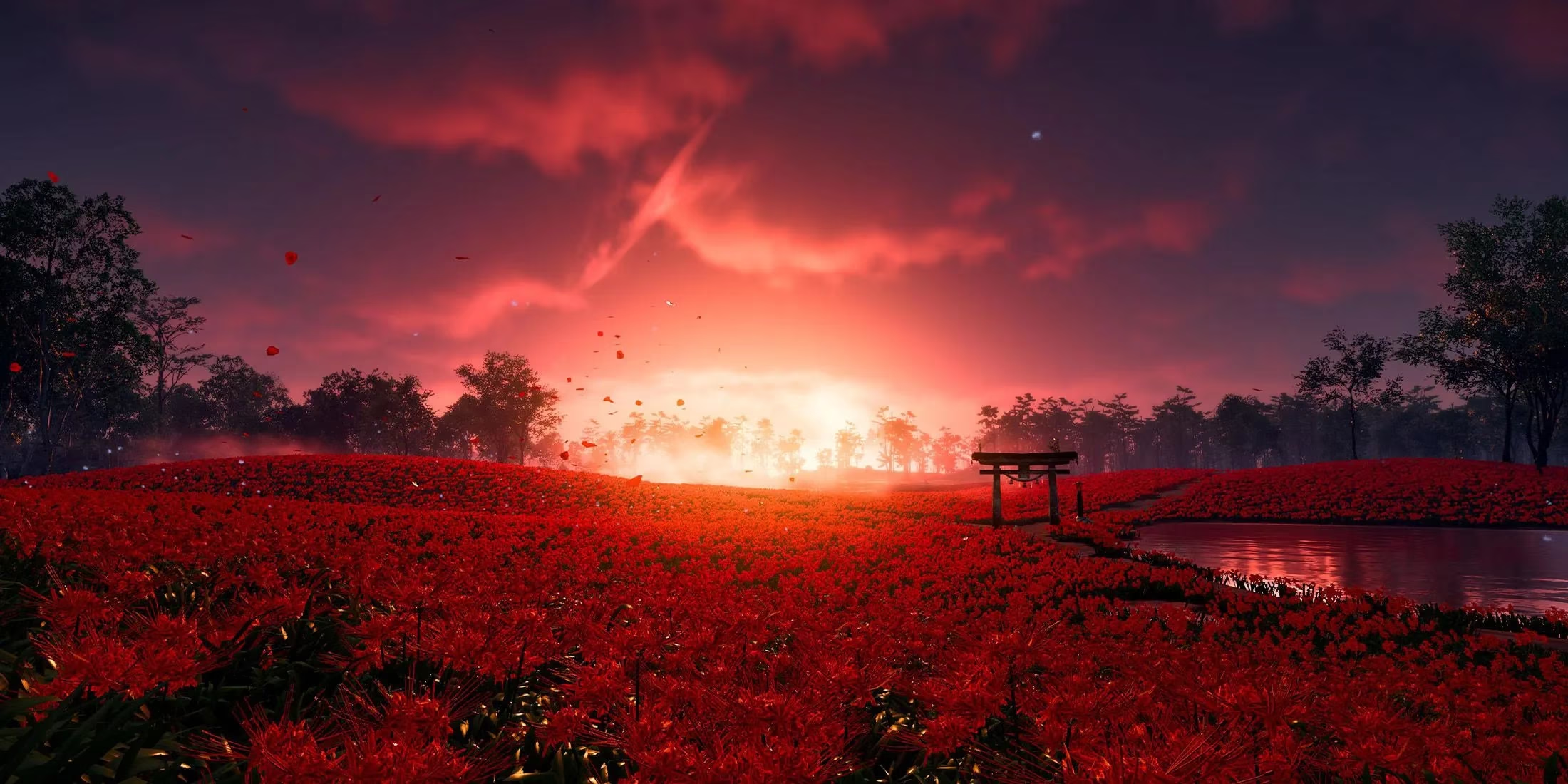I remember the first time color washed over me like a tidal wave, not from nature, but from pixels and polygons. In open worlds, vibrancy isn't just a choice—it's the soul whispering through digital landscapes. Realism has its place, but when neon-drenched skyscrapers kiss purple-tinged jungles, something primal awakens. My journeys through these realms taught me that a vivid palette can turn mere exploration into pure visual poetry. The brushstrokes of developers become my oxygen, each hue a heartbeat in worlds that breathe. 🌈
Sunset Overdrive
Chaos in technicolor—that's how Sunset City imprinted itself on my memory. I soared across rooftops drenched in radioactive greens and electric blues, mutants exploding like macabre fireworks beneath a sky painted with corporate absurdity. Insomniac didn't just build a city; they crafted a graffiti masterpiece where every weapon felt like wielding a rainbow. Those bizarre guns? Pure joy. A teddy bear launcher spewing confetti death while I grind power lines over murals screaming rebellion. Though the story fades, the city's pulse never dulls—a neon-drenched playground where movement is jazz and destruction is art.

Avatar: Frontiers of Pandora
Ubisoft's Pandora isn't just adaptation—it's transcendence. I still feel the bioluminescent moss under my Na'vi feet, glowing violet in moonlit forests where floating mountains pierce emerald skies. One moment, dodging mechs in crimson swamps; the next, diving into lakes reflecting auroras. Massive Entertainment didn't replicate James Cameron's vision—they reimagined it as a living ecosystem where color dictates emotion. Those familiar Far Cry mechanics? Forgotten when I rode ikrans through valleys shimmering like shattered stained glass. Yet... does beauty alone sustain? Perhaps. For now, Pandora remains my digital Eden.
Assassin's Creed Shadows
Seasons danced across feudal Japan like kimonos unfolding. Cherry blossoms blushed spring over castle stones; autumn set rice fields ablaze in gold while winter draped temples in silent ivory. Ubisoft’s mastery isn’t just historical replication—it’s temporal alchemy. I’d revisit a village and find it reborn: summer rains polishing pagoda roofs into jade mirrors, snow transforming battle scars into purity. Shadows outshines even Odyssey’s brilliance, proving light defines shadows. This world breathes through its palette shifts—a living scroll where every moonrise rewrites the landscape.
Far Cry 4
Pagan Min’s pink suit was the warning flare. Kyrat exploded around me—saffron prayer flags snapping over blood-red cliffs, propaganda posters screaming in turquoise and sun-yellow against bombed-out ruins. Ubisoft weaponized vibrancy here: golden temple domes gleaming under monsoon skies, royal palaces dripping with peacock blues. Even violence felt carnivalesque—setting elephant charges through marigold fields or detonating shrines amidst confetti of shrapnel. Kyrat’s colors didn’t just dazzle; they screamed rebellion louder than any Golden Path broadcast. 🎭
Ghost of Tsushima
Sucker Punch painted Tsushima with a master’s restraint. I wandered through landscapes that felt ripped from ink-wash scrolls—amber grasslands swaying beneath skies bruised twilight-purple, crimson maples framing duels where blood blended with fallen petals. That PlayStation 5 Pro upgrade? Magnified every detail: morning mist diffusing sunlight into liquid gold over samurai armor, blizzards reducing forests to monochrome poetry. Tsushima taught me silence can scream color. Even now, I close my eyes and see wind-swept fields whispering in gradients no algorithm should conjure.
Horizon Forbidden West
Guerilla Games turned post-apocalypse into a renaissance canvas. I climbed mountains where glaciers bled turquoise into valleys carpeted fluorescent green, watched mechanized serpents coil through jungles pulsing with bioluminescent vines. The Forbidden West’s genius? Juxtaposition. Snow-blind tundras against desert mesas burning ochre; derelict skyscrapers draped in vines glowing like shattered neon. PS5’s power didn’t just render pixels—it birthed ecosystems where every robot’s glare painted the world in temporary scarlets and violets. Play became pilgrimage.
The Legend of Zelda: Tears of the Kingdom
Hyrule ascended—literally. On Switch 2, I soared through clouds stained coral by dawn, plummeted into chasms where luminous fungi pulsed indigo. Nintendo’s audacity? Coloring even the void. Sky Islands shimmered like suspended sapphires; depths swallowed light into velvet oblivion pierced only by zonai devices casting emerald halos. And that cell-shading... gods, it transformed physics into brushstrokes—recalls bending light into rainbows during freefalls. Tears didn’t just iterate Breath of the Wild’s beauty; it drowned it in chromatic euphoria. 🌌
But here lies the ache: as hardware evolves, do we risk mistaking resolution for artistry? Can worlds this vivid ever feel... real enough to bleed into our dreams beyond the screen?